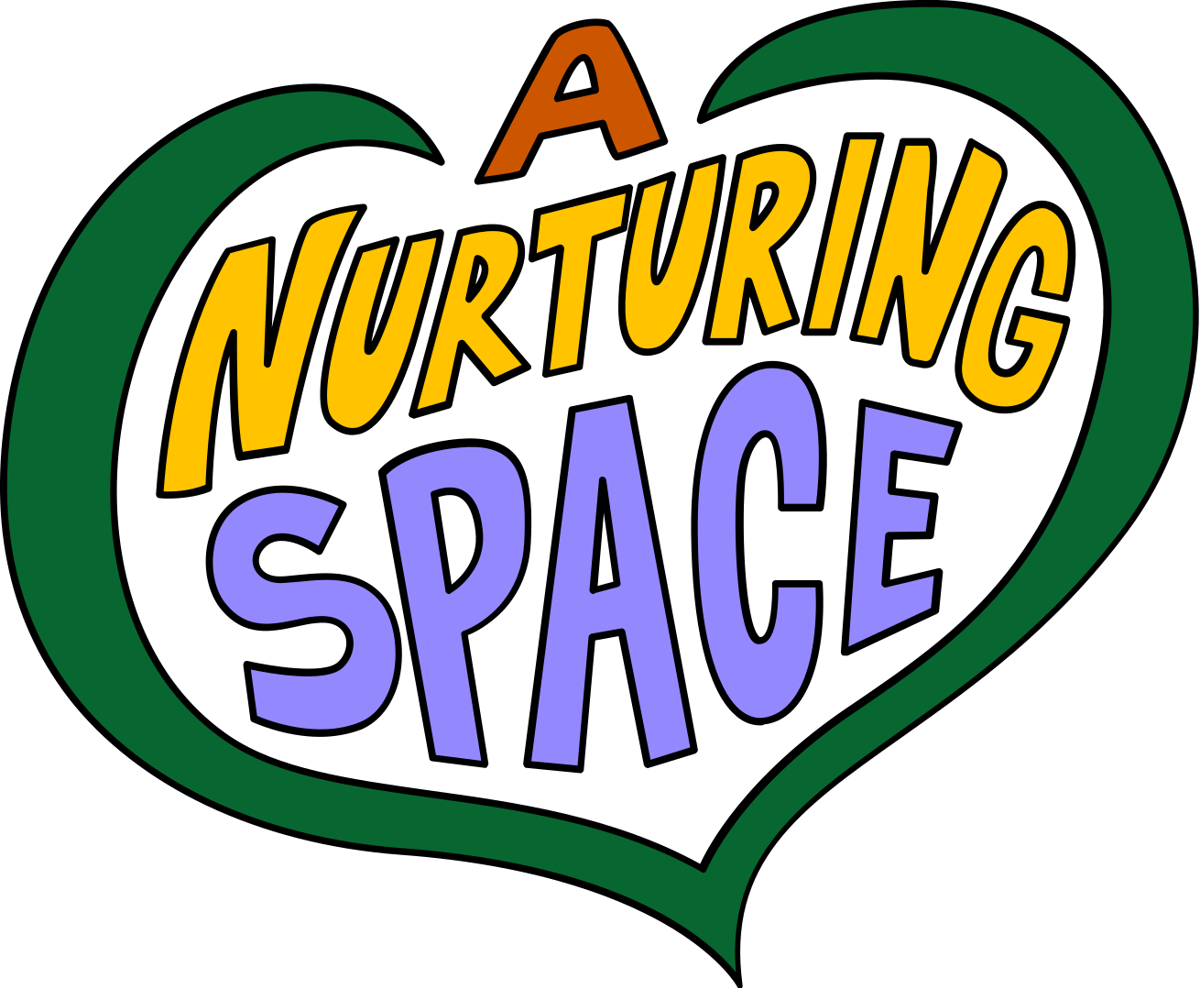-
Endometriosis is when tissue that's like the lining of the uterus grows outside of the uterus — it is often very painful.
-
-
What is endometriosis?
-
Tissue that's like the lining of the uterus can sometimes grow in parts of the pelvis that it shouldn't, such as the:
- Ovaries
- Fallopian tubes
- Bladder
- Bowel
- Other parts of the body
If your endometriosis involves your ovaries, cysts known as endometriomas can form. Other small lumps can form, called endometrial nodules. These can hurt a lot.
People with endometriosis often have a lot of inflammation and pain during their period.
-
-
Why does endometriosis happen?
-
We don’t know exactly why endometriosis happens. At the moment, it looks like there is a lot of different reasons that people get endometriosis.
What we do know is: if people in your family have endometriosis, it’s more likely that you will too. Often endometriosis isn’t diagnosed — so your family members might not even know that they have it.
-
-
What are the symptoms of endometriosis?
-
Pain is the most common symptom of endometriosis. People with undiagnosed endometriosis often think that their pain is normal. The truth is — even if your period pain is normal — you don’t have to put up with it if you don’t want to. Book an appointment with us, and we can talk about your options.
This pain can be:
- Pain and cramping during your period — in your pelvis, lower back, and tummy
- Pain during, or after, sex
- Pain going to the toilet during your period
- A history of painful periods that have not been helped by using hormonal contraception
- Pain that gets worse every time you have your period
Some other symptoms of endometriosis are:
- Tiredness
- Problems with your bowels, such as bloating, diarrhoea, or constipation — this is sometimes diagnosed as irritable bowel syndrome (IBS)
- Problems with your bladder
- Difficulty getting pregnant
- A pelvic inflammatory disease (PID) diagnosis plus some of the other symptoms of endometriosis
-
-
How is endometriosis treated?
-
Endometriosis can be treated and managed — it can’t be cured.
You don’t need a formal diagnosis to begin treatment.
There are lots of treatments for endometriosis. Your treatment will depend on your symptoms, where your endometriosis is, and if you want to have children. You can book an appointment with us to work out what treatments you want to try.
Endometriosis can be treated with:
- The combined oral contraceptive pill, taken continuously
- Other hormonal contraceptives, such as Depo Provera
- A hormonal intra uterine device (IUD), such as Mirena
- Pain medication
- Surgery — laparoscopic surgery is the most common option
-
-
- Menu
-
-
Appointments
-
- Appointments
- Make an appointment
- Call our Client Contact Centre
- Book an appointment
- Change or cancel an appointment
- Call our Client Contact Centre
- Cancel an appointment
- Useful Links
- New clients
- Visiting a clinic
- Our fees
- Phone Clinic
- Find a clinic
- North Island clinics
- Northland
- Auckland
- Waikato
- Bay of Plenty
- Gisborne
- Taranaki
- Whanganui
- Wellington
- South Island clinics
- Nelson Marlborough
- Canterbury
- Otago
- Southland
-
- Services
- Advice
-
Learn
- Courses
- Conduct Cervical Screening US29556 2026
- Cervical Screening Update 2025
- Certificate in Contraception and Sexual Health 2026
- Contraception - Overview and Practical Essentials 2025
- Sexually Transmissible Infections 2025
- Emergency Contraception 2025
- Emergency Contraception Update 2025
- Contraceptive Counselling 2025
- View all courses
- Resources
- Navigating the Journey: A guide for parents & whānau
- Contraception - Your Choice (pamphlet)
- Emergency Contraception (pamphlet)
- Ngā Kākano booklet
- Bodies, Boundaries and Being Me
- Useful Links
- Courses and workshops
- Resources
- For educators
- For parents & whānau
- For people with disabilities
- For professionals working with rangatahi
- Contact a Community Health Promoter
- Whakapā mai Contact us
- Ngā matohi Alerts
- Mō mātou About us
- Te whakatairanga hauora Health promotion services
- Te mana ōrite i Aotearoa Equity in Aotearoa
- Ngā hōtaka ā-ao International Programmes
- Mahi ki tō mātou taha Work with us
- Ngā karere News
Your cart
Your cart is empty
Sign in to the shop to view all you your saved items.
Shop sign in
Returning customers
Required fields are marked by *
Link copied to clipboard
